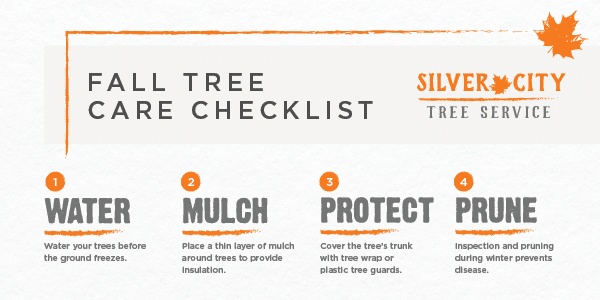The Environmental Influence Of Tree Removal: What You Should Know
The Environmental Influence Of Tree Removal: What You Should Know
Blog Article
Short Article Written By-Willard Hull
When it pertains to the ecological influence of tree removal, there are essential elements that demand your focus. From the intricate internet of connections within environments to the subsequent effects on environment patterns, the repercussions are extensive. You could be shocked to find the complex ways in which the elimination of trees can reverberate throughout the atmosphere. Stay tuned to untangle the intricate connections and ramifications of this seemingly straightforward act.
Deforestation and Environment Loss
Deforestation and habitat loss are crucial concerns stemming from tree elimination. When trees are cut down, it interrupts whole communities. Not only are the trees themselves shed, but the homes and food sources of countless plant and animal types are destroyed too. Birds shed their nesting websites, mammals lose their shelter, and bugs shed their habitats. The impacts surge through the food web, impacting killers and target alike.
Additionally, deforestation contributes to environment change. Trees play a critical function in soaking up carbon dioxide, a greenhouse gas that catches warmth in the environment. With less trees, there's less co2 absorption, causing raised degrees of this gas in the environment and worsening worldwide warming.
Habitat loss is a straight outcome of logging, as the damage of woodlands means the loss of unique and varied environments. Several varieties are unable to adapt to quick changes in their setting, causing populace declines and, in many cases, termination.
Protecting forests is vital to preserving the fragile balance of nature and ensuring the survival of plenty of plant and animal types.
Impact on Biodiversity
The removal of trees has a significant impact on biodiversity, influencing the selection and wealth of plant and animal varieties in an area. Trees supply environment and food resources for many microorganisms, from bugs to birds to mammals. When https://tucson.com/tips-for-keeping-your-citrus-trees-happy-healthy-productive/collection_b0effcd2-115f-11e6-a468-33e0fa5a20cb.html are removed, these types shed their homes and sources of nourishment, causing a decrease in their populations. This interruption can have plunging impacts on the whole community.
Furthermore, trees play an important function in maintaining biodiversity by developing microhabitats within their canopies, trunks, and roots that sustain a wide range of species. When trees are reduced, these specialized settings are destroyed, decreasing the general variety of the location.
Furthermore, the removal of trees can bring about a decline in genetic diversity within plant populations, as particular tree types may no more be able to reproduce or distribute successfully. Safeguarding trees and forests is necessary for protecting biodiversity and guaranteeing the wellness of communities for future generations.
Dirt Disintegration and Environment Adjustment
With trees being gotten rid of from an area, the disturbance of soil structure and security takes place, causing enhanced dirt erosion. Trees play a critical function in stopping disintegration by holding soil in place with their origin systems. When trees are eliminated, specifically in lots, the dirt ends up being much more prone to erosion from wind and water. This disintegration not just influences the prompt surroundings but can additionally lead to sedimentation in nearby water bodies, affecting water quality and marine environments.
Additionally, trees aid manage the environment by absorbing co2 throughout photosynthesis. When trees are cut down, this all-natural carbon sink is decreased, contributing to raised levels of greenhouse gases in the atmosphere. This can exacerbate environment adjustment, bring about even more severe climate events and disturbances in ecological communities worldwide.
For that reason, the elimination of trees not only accelerates dirt erosion but also contributes in the bigger environmental concern of environment change. It's essential to take into consideration these factors when evaluating the impacts of tree removal on the setting.
Final thought
Since you know the ecological impact of tree removal, consider the consequences before reducing trees. Logging disrupts communities, lowers biodiversity, and adds to soil erosion and climate change. By bearing in mind the effect of tree elimination, you can assist shield our setting and protect the fragile equilibrium of nature. Make informed selections and take into consideration alternative options to decrease the adverse results on our world.
